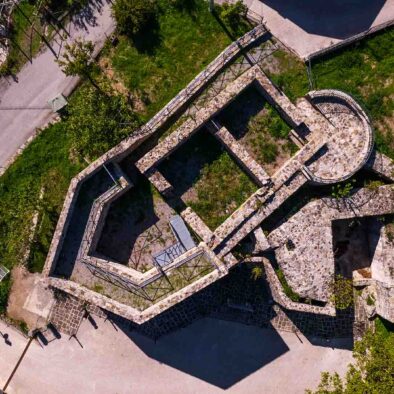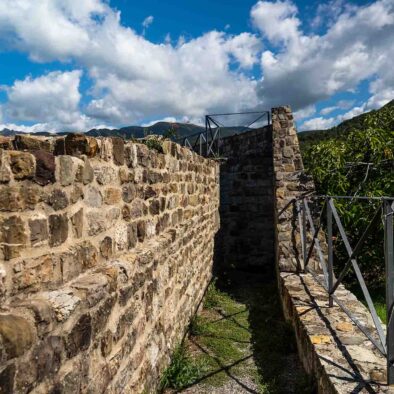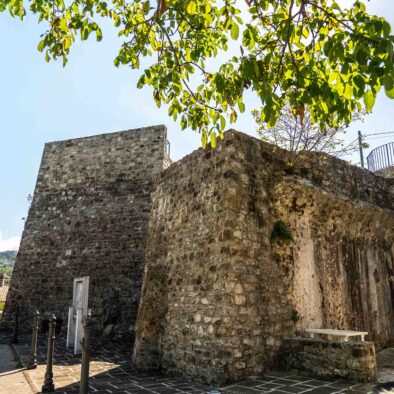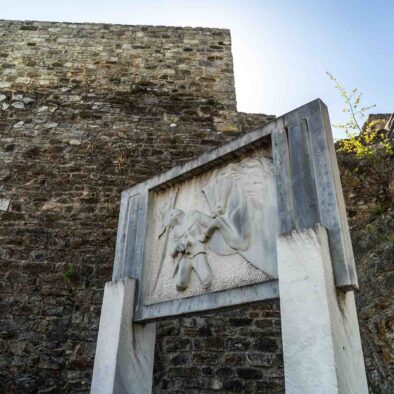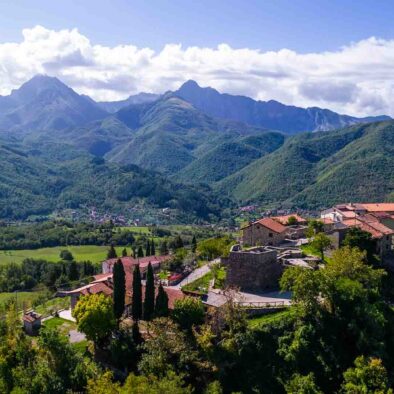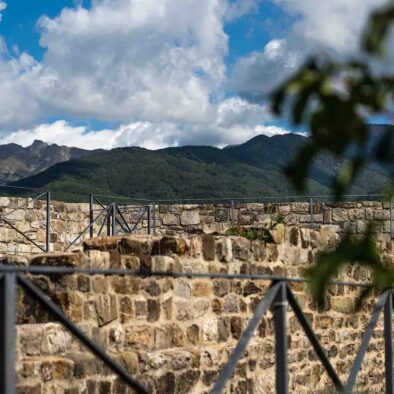Pugliano tower
Pugliano is a place that has an ancient history as attested, for protohistory, by some discoveries of the “castellaro” of Pugliano, and for the Roman age, in the predial toponym probably deriving from a fundus Apulianum. In the Middle Ages it was part of the possessions of the nobles of Gragnana, expressing, in this context, a noble branch called the “Nobles of Pugliano”. Its church, dedicated to S. Jacopo, has evident Romanesque remains and is documented in the tithes of the end of the 13th century, as a chapel of the Pieve di S. Lorenzo di Vinacciara, in the Diocese of Luni.
Subsequently, it became part of the area of influence of the Malaspina marquises, and subsequently of the Lucchesi, closely linked to a group of castles and communities defined in Lucca as “Terre di Oltregiogo” (with Pugliano, Albiano, Sermezzana, Bergiola, Casola, Metra, Renzano, Novella, the Pieve). The castle of Pugliano, in the fourteenth century, passed several times into the hands of different rulers, from the Malaspinas, to Lucca, to Florence. Possession of the Lucca family in 1308, when it appears among the castles that must carry a candle to S. Croce, a few years later it becomes the domain of Spinetta Malaspina the Great, from whom Castruccio Castracani degli Antelminelli, lord of Lucca, snatches it in 1319; around the middle of the 14th century it moved to Florence to return to Lucca at the end of the 1960s. Of this last phase, Giovanni Sercambi, in his fourteenth-century Chronicles, also graphically documents with a drawing, a little-known episode in the history of the Garfagnana, the Pugliano rebellion of 1373.


